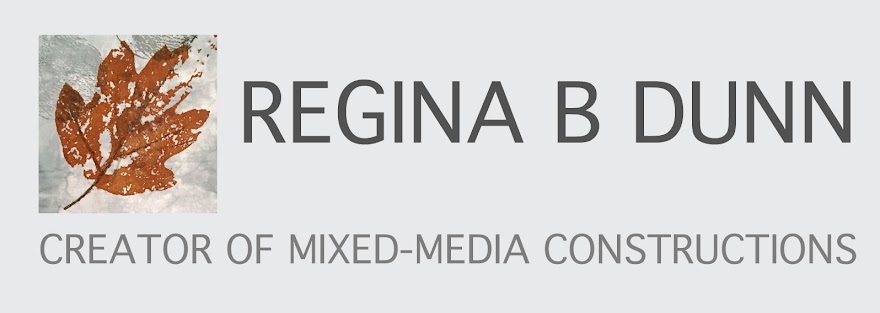My surgeon took all restrictions off today! My arm still is sore, but I can do whatever I can tolerate. Yipee! And I found out I don't need surgery on my other shoulder. It's just arthritis in that one and exercise will keep it going. When I was at physical therapy doing my exercises, I noticed the sheet on the table and saw that it was thin and had some holes in it and that it had a nice pattern on it in gray. The nurse saw me handling it and said "You seem to be rather focused on that sheet." I said it has some holes in it and if you are getting ready to throw it away, please don't. I'll be glad to put it to a good use. (I can see that gray pattern in strata and rocks and all sorts of backgrounds and the thin material is just what I want for my quilts.) Then I heard my husband from the waiting room saying "Is my wife asking for stuff again?" I ended up walking out of there with four sets of sheets. Tee Hee.
 |
| Treasure for me |
This past week, I took out my mini gelatin plate that I made in August and had stored in my studio at room temperature and it is just as good as new. So I made a large one following the same recipe. I know you can buy the permanent gelatin plates now, but they don't make large enough ones for me. Plus, if you damage them, I'm not sure you can melt them and reform them. With this recipe, you can store them at room temperature and they won't grow mold and if you damage them, you can microwave them to melt them and then cool them to reset them. Not many places sell glycerin anymore, though, and it's getting a little expensive. You can find it at health food stores, on-line drugstores like Walgreen etc. (but then you have to pay shipping), in the soap-making section of Hobby Lobby (use the 40% off coupons), and places like that.
Nov. 16. BIG OH OH! I got out my large gelatin plate today and saw that it was growing some small mold spots. It's not supposed to do that!!! I took a look at the small plate that I made in August from the exact same recipe and it is just fine. The only difference is that I used a different brand of glycerin in the small plate. I bought the glycerin for the small plate at a health food store and it was very expensive. I bought the glycerin for the large plate at Hobby Lobby. My plan is to cut up my large plate tomorrow, melt it in the microwave, add some more glycerin, and hopefully it will harden again and not grow mold. I'll let you know in a new blog post.
Here's the recipe I followed:
12 TBS Gelatin
3 cups Glycerin
3 cups boiling water
1.) Mix the gelatin into the glycerin.
2.) Add the boiling water. Stir until dissolved.
3.) Pour into the pan.
4.) Let harden at room temperature.
This was enough to fill an 11inch x 17 inch cookie pan. I leave it in the pan permanently even while I print. I made a cover for the pan.
Cover for Pan If I damage the gelatin plate, I'll cut it up and put it in a microwavable container and melt it and then pour it back into the cookie pan.
To clean up, do NOT clean up in your sink or you will clog up your pipes. Wipe up the gelatin with newspaper and throw away. I also rinsed everything with hot water outside on our dirt driveway.
I monoprinted a white T-shirt using the method I use to make the fabrics for my latest quilts. Here it is so far. I'm going to use Shiva paintstiks to add rubbings to it later this week. That will unify the parts more.
 |
| Front of T-shirt |
 |
| Back of T-Shirt |
Lastly, the small gelatin plate that I made in August was from the same recipe, but here is the amount I used:
2 TBS Gelatin
1/2 cup Glycerin
1/2 cup Boiling Water
Here is a photo of the container I poured it into. It's a sandwich container I bought at a Dollar Store. Once the gelatin set, I flipped it over and removed the gelatin. I keep it stored upside-down on the lid so that I can use it.
 |
The container upside-down
with the gelatin inside |
 |
| The mini gelatin plate sitting on the lid |














